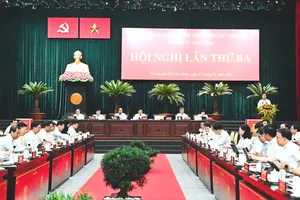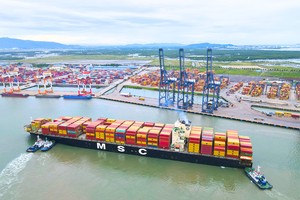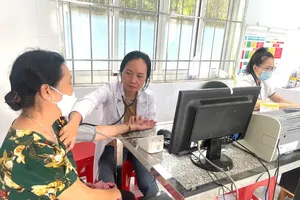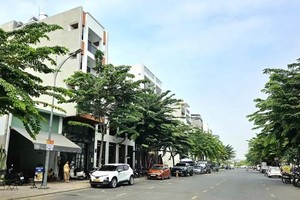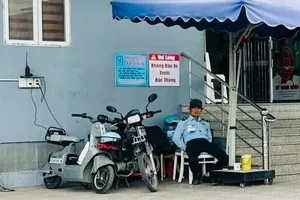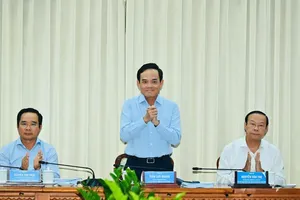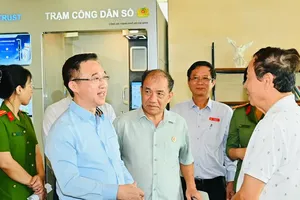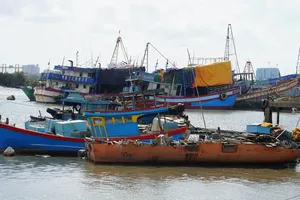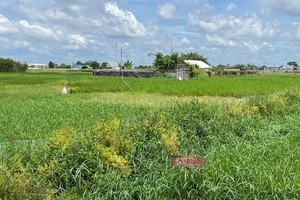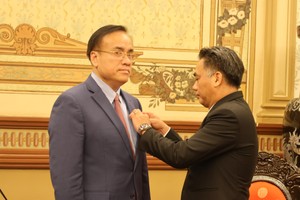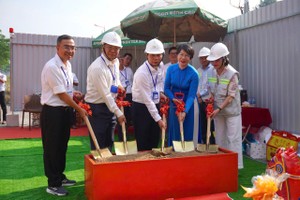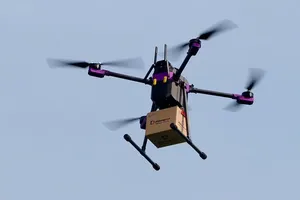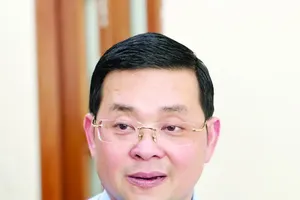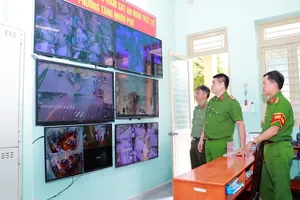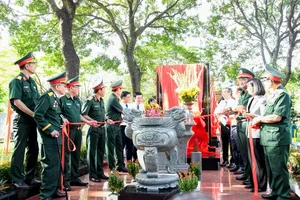
Five years ago, Resolution 16 of the Politburo estimated that the city’s weak infrastructure structure had been overloaded, obstructing economic growth and residents’ life improvement targets. The estimation has still been exact now.
HCMC People’s Committee said that the city has focused on developing infrastructure especially traffic system for the last past. However the progress has been slow. According to traffic development plan, the city has three ring roads but so far two have started construction.
Ring road no.2 has been built basing on a part of National Highway 1A in the city. For many years, HCMC and the Government have determined to complete the project by 2015. But so far nearly 12 kilometers of the route have not been done.
At a meeting recently, director of the Department of Planning and Investment Su Ngoc Anh said that capital especially state funds for infrastructure investment was too little and unable to meet demand.
The HCMC Department of Transport said that the density of traffic roads in the city is too low, reaching 1.98 kilometers per square kilometer, short of 8.02-11.02 kilometers compared to standards.
Dr. Huynh The Du from Fulbright Vietnam University says that HCMC has used many resources such as budget funds, official development assistance source and capital from private companies for investing in infrastructure in general and traffic system in particular. Nevertheless, the city’s infrastructures are still short, asynchronous and quickly downgraded.
Since the end of the 1990s, the city has given the plan to develop urban railways but it has not had that urban traffic type so far. Without drastic actions, city’s first metro line Ben Thanh-Suoi Tien will not function by 2020 as per plan.
Infrastructure overloading has worsened traffic jam in the city, said the city People’s Committee.
According to the committee, HCMC now has 37 spots in high danger of traffic jam. Traffic congestion has not only caused an economic damage of US$6 billion a year but also created a bottleneck hindering the city’s fast and sustainable development.
City leaders have warned of further overloading because of population increase, economic development pressure, residents’ purchase of individual vehicles especially automobiles.
Solving HCMC’s difficulty, country benefits
Associate Professor Dr. Phan Thi Bich Nguyet, vice principle of HCMC Economics University, says that HCMC infrastructure has not only served residents in the city but also those from the southern key economic zone. The city has shared many social services for neighboring provinces, cities and even the country. However, investment resource for the city has not been enough so overloading is inevitable.
With the volume of capital and the way of spending investment funds as present, it will be difficult for HCMC to solve infrastructure problems, said Ms. Nguyet.
Amid limited state budget, mobilization of other resources especially from private sector is a big problem. To solve this, it is needed to develop infrastructure through public private partnership (PPP) model, which is suitable with large cities like HCMC. Still PPP is not a miracle cure to solve infrastructure problems in HCMC, it will be able to promote advantages in advantageous environment. In order to implement large projects, the city needs to seek foreign investors.
Ms. Nguyet noted that HCMC must be able to gain more initiative in deciding forms to choose investors for PPP projects. That means the city needs a pilot mechanism to escape from some rigid regulations of the Land Law, Public Investment Law and Auction Law.
PPP projects in HCMC are very large and complicated but implementation still has to follow six laws together with decrees and circulars like other provinces and cities. Hence, the mechanism is necessary for the city to mobilize social resources to develop infrastructure. Asking for the mechanism is not only for the city alone but also for other provinces and cities, added Ms. Nguyet.
